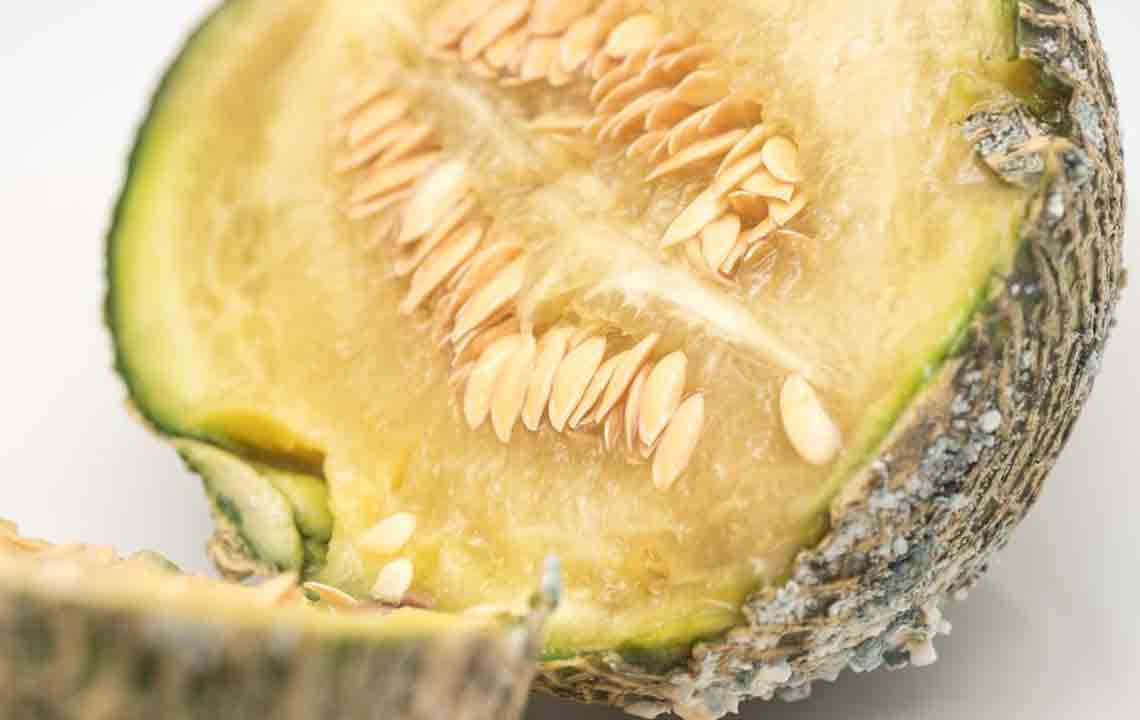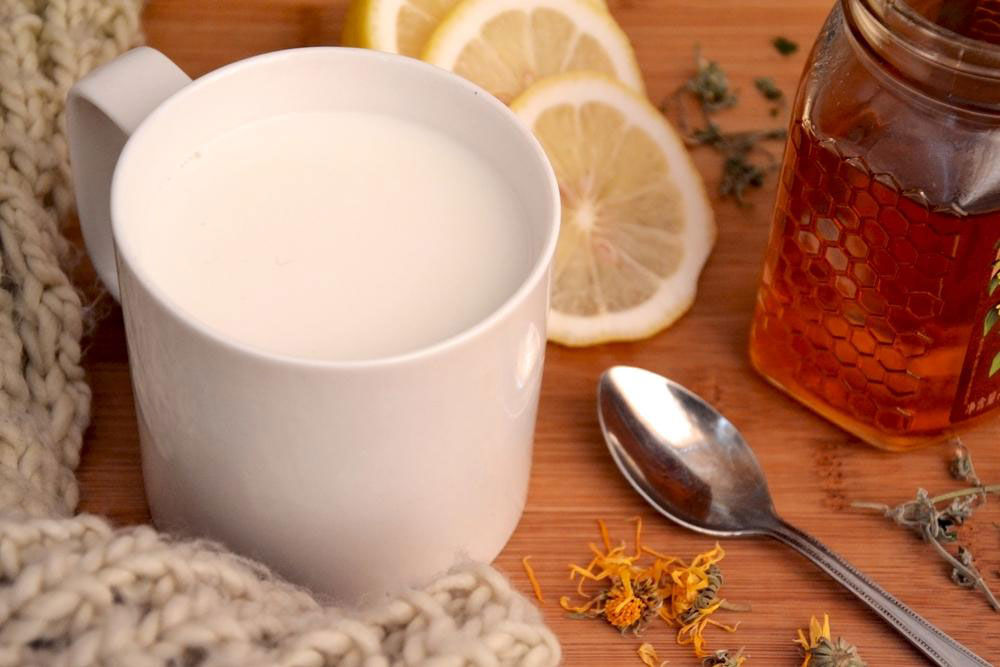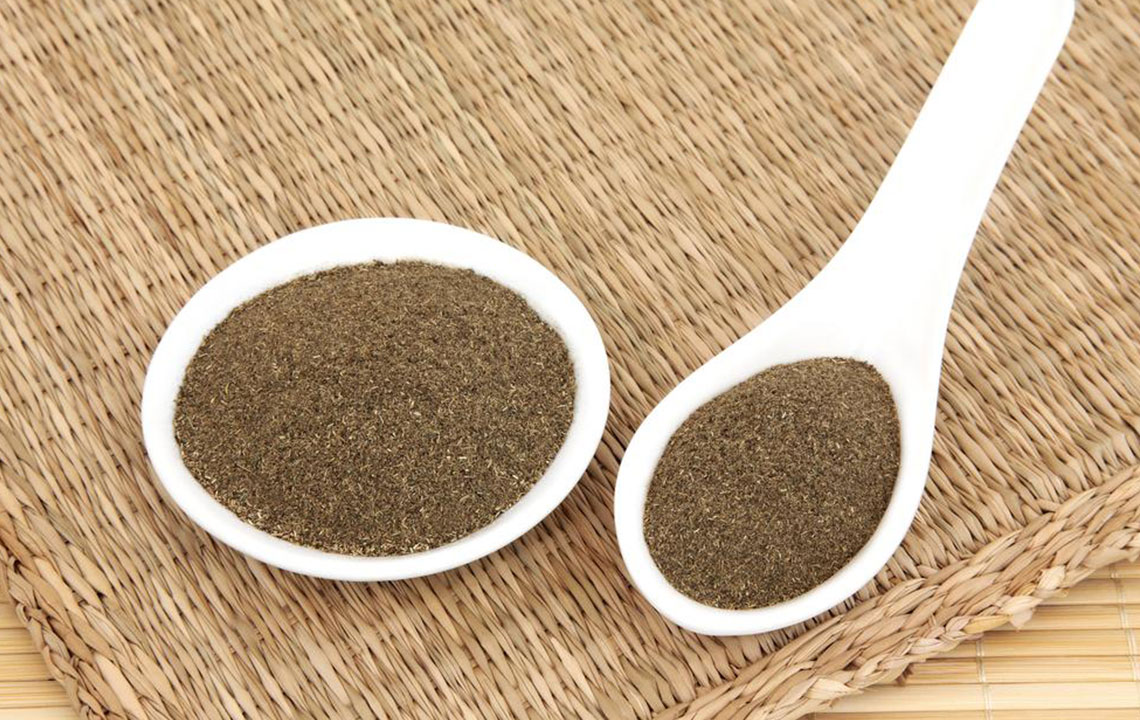Comprehensive Natural Remedies to Alleviate Yeast Infection Symptoms
Discover a comprehensive guide to natural remedies for yeast infections, including probiotics, essential oils, and home-based treatments. Learn safe application tips to alleviate symptoms and support vaginal health naturally. A practical alternative to medication, these remedies can help restore microbial balance and provide relief from discomfort.

Comprehensive Natural Remedies to Alleviate Yeast Infection Symptoms
Yeast infections, particularly affecting the vaginal area, are a common health concern for many women worldwide. These infections result from an overgrowth of the fungus Candida Albicans, a microorganism that is typically present in small amounts within the vaginal microbiome. When this balance tips in favor of Candida, symptoms such as itching, irritation, discharge, and soreness can occur, leading to discomfort and distress.
While many opt for medicated treatments prescribed by healthcare providers, there is a growing interest in natural remedies that can effectively alleviate symptoms and restore healthy flora without the use of synthetic drugs. These natural options utilize ingredients found in everyday households or health food stores and have a history of traditional use in managing yeast overgrowth.
Discover below some of the most effective natural remedies for yeast infections, along with guidance on their proper use and precautions to consider.
Plain Greek Yogurt: One of the most well-known natural treatments for yeast infections is the application of plain Greek yogurt. Rich in probiotics, particularly strains like Lactobacillus acidophilus, Greek yogurt helps restore and maintain a healthy balance of bacteria in the vaginal area. This probiotic activity creates an inhospitable environment for Candida overgrowth. For maximum effectiveness, choose unsweetened, plain Greek yogurt and apply it directly to the affected area or consume it regularly as part of your diet to bolster systemic probiotic levels.
Oregano Oil: Extracted from wild oregano plants, oregano oil contains potent antifungal compounds such as carvacrol and thymol. These natural agents have demonstrated significant activity against Candida albicans in various studies. To use oregano oil safely, it is recommended to dilute it with a carrier oil like coconut or jojoba oil before topical application. However, direct skin application without dilution can cause irritation. Inhalation of oregano oil vapors may also provide some antimicrobial benefits, but ingestion should be avoided unless under professional supervision, as concentrated oregano oil can be potent and potentially irritating.
Boric Acid: Boric acid has been used for decades as an effective antiseptic and antifungal remedy for recurrent or resistant yeast infections. It’s typically used in capsule form inserted into the vagina or as a topical solution. To prepare a boric acid solution, dilute a small amount of boric acid powder in water, but caution is paramount — boric acid is toxic if ingested or used improperly. Always follow medical guidance before using boric acid as a treatment to prevent adverse effects.
Probiotic Supplements: Oral probiotics containing strains like Lactobacillus acidophilus and Bifidobacterium bifidum can help restore the natural bacterial flora of the gut and vagina. By enhancing beneficial microbial populations, probiotics support the body's ability to combat yeast overgrowth internally. Regular supplementation, alongside dietary adjustments, can improve treatment outcomes and potentially prevent future infections.
Tea Tree Oil: Known for its broad antimicrobial properties, tea tree oil has shown effectiveness against fungal, bacterial, and viral pathogens, including Candida albicans. It is important to dilute tea tree oil with carrier oils—such as coconut, jojoba, or almond oil—before external application. Because tea tree oil is highly concentrated, ingesting it is strictly discouraged due to potential toxicity. External use as a diluted solution can help reduce itching, inflammation, and fungal load effectively.
Coconut Oil: Organic, virgin coconut oil contains medium-chain fatty acids, notably lauric acid, which possess natural antifungal properties. Applying pure coconut oil directly on the affected area can provide soothing relief and combat fungal growth. It also helps maintain skin hydration and health, reducing irritation caused by yeast overgrowth. When using coconut oil, opt for high-quality, unrefined products for the best results.





